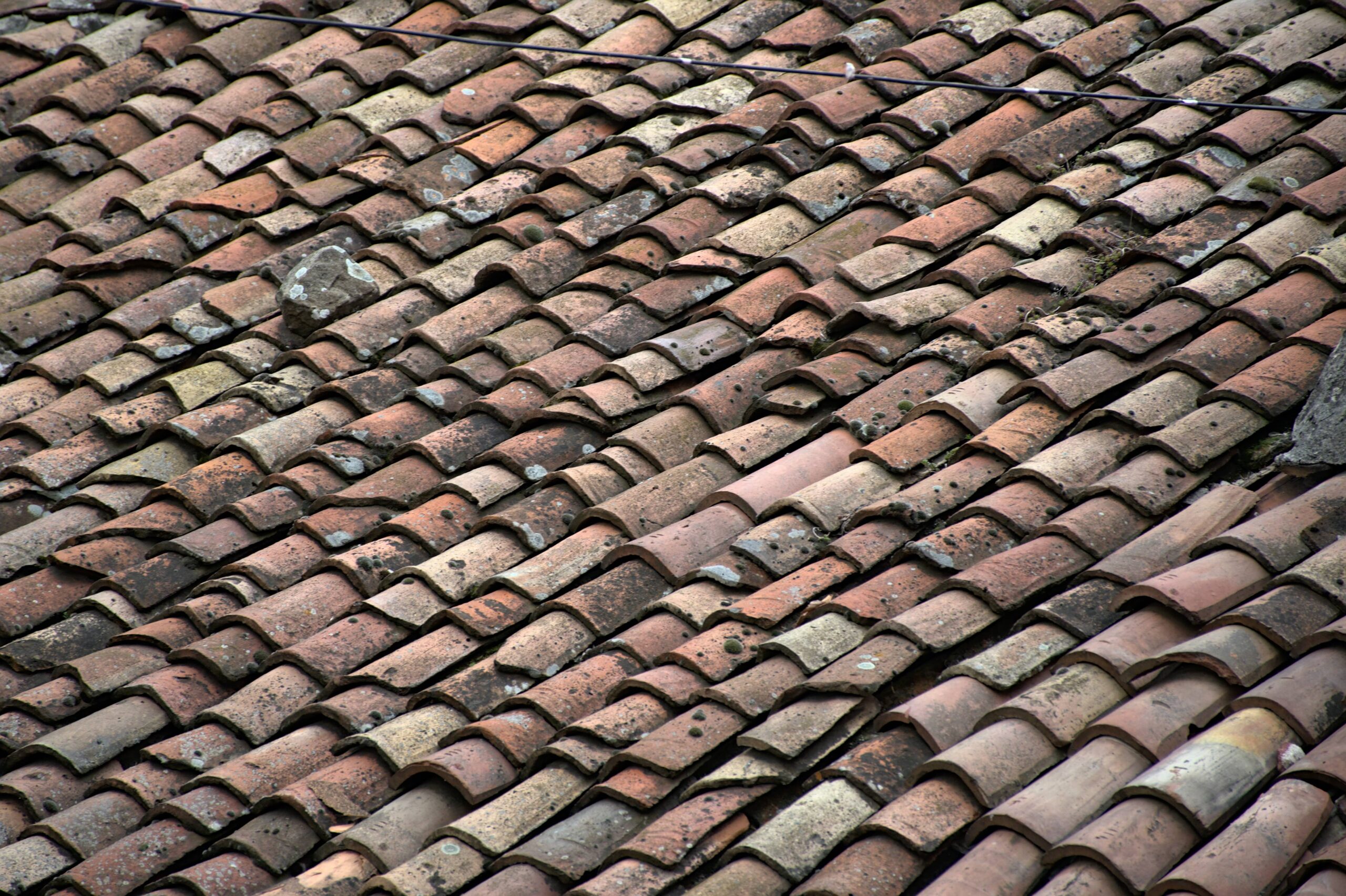
Roof Wind Damage Prevention for Hurricane-Prone Areas
- 0
Living in hurricane-prone areas can be both lovely and difficult. The breathtaking ocean views and warm, tropical climate frequently come at a cost: hurricanes. These powerful storms can wreak havoc on homes and buildings, with the roof being one of the most vulnerable areas. Roof wind damage is a common result of hurricanes, but by taking the proper precautions and preventive measures, you can significantly reduce the risk and protect your home. This blog post will look at roof wind damage prevention strategies for people who live in hurricane-prone areas.
Understanding the Danger
It’s critical to understand the nature of the threat before diving into prevention methods. Hurricane winds can reach speeds of more than 150 miles per hour, enough to cause significant roof damage. Roofs are particularly vulnerable during hurricanes due to a number of factors, including:
1. Wind Uplift: Hurricanes produce powerful upward wind forces that can literally lift a building’s roof off. During hurricanes, this phenomenon, known as wind uplift, is a major cause of roof failure.
2. Flying Debris: Hurricanes hurl debris through the air at high speeds, including tree branches, signs, and even small buildings. This flying debris has the potential to puncture or damage roofs, resulting in leaks and structural damage.
3. Roof Shape and Design: A roof’s design can help or hinder its resistance to wind damage. Flat or low-pitched roofs are more vulnerable to wind uplift, whereas steep-sloped roofs perform better.
Now that we’ve established the dangers, let’s look at how to avoid roof wind damage in hurricane-prone areas.
1. Select the Best Roofing Material
The first step in preventing wind damage is to choose the right roofing material. When it comes to withstanding hurricane-force winds, some roofing materials are more resilient than others. Consider the following options:
- Metal Roofs: Metal roofs, such as steel or aluminum, are well-known for their durability and wind resistance. They can withstand high winds and are less vulnerable to flying debris.
- Concrete or Clay Tiles: These roofing materials are heavy and can withstand high winds. Proper installation is critical to preventing them from becoming projectiles during a hurricane.
- Asphalt Shingles: Although not as wind-resistant as metal or tile, asphalt shingles can still perform well if installed and maintained properly. For added security, use reinforced or high-wind-rated shingles.
- Slate Roofing: Slate is a natural stone that is extremely durable and can withstand high winds. It’s a great option for hurricane-prone areas.
Reclaim your roof with wind damage repair done by professional with experience in your area before deciding on a roofing material. They can advise you on the best option based on your budget and specific requirements.
2. Check for Proper Roof Installation
A wind-resistant roof requires proper installation. Even the best roofing materials will not perform well if they are not properly installed. Here are some installation pointers to remember:
- Use Appropriate Fasteners: Use high-quality, corrosion-resistant fasteners designed specifically for the roofing material you’ve chosen. Check that they are installed at the proper spacing and depth.
- Attachment of the Roof Deck: Strengthen the connection between the roof deck and the roof framing. Reinforcing this attachment can help keep the roof from blowing off in high winds.
- Roof Openings: Make certain that all roof openings, such as vents, chimneys, and skylights, are properly sealed and reinforced. Wind-driven rain and debris are common in these areas.
- Edge Flashing: Install and secure strong edge flashing. Wind and water can penetrate the roof if the flashing is weak or improperly installed.
3. Strengthen Roof Sheathing
The foundation for your roofing materials is provided by roof sheathing. Reinforcing it can improve the roof’s ability to withstand hurricane winds significantly. Consider the following alternatives:
- Use Wind-Resistant Sheathing: Select sheathing materials with a high wind resistance rating, such as plywood or oriented strand board (OSB).
- Install Hurricane Clips or Straps: Hurricane clips or straps can help secure the roof sheathing to the framing and keep it from blowing away in high winds.
4. Purchase Impact-Resistant Windows and Doors
While not directly related to your roof, purchasing impact-resistant windows and doors can help prevent flying debris from entering your home and causing indirect roof damage. During a hurricane, impact-resistant windows and doors are designed to withstand the impact of flying debris while maintaining the structural integrity of your home.
5. Continual Roof Maintenance
Routine maintenance is required to keep your roof wind-resistant. Consider the following maintenance tasks:
- Trim Trees and Branches: Trim trees and branches near your home on a regular basis to prevent them from falling on your roof during a hurricane.
- Inspect and Replace Damaged Shingles: After a storm or high winds, inspect your roof for damaged or missing shingles and replace them as soon as possible.
- Clean Gutters and Drains: Keep your gutters and drains clear of debris to prevent water from pooling on your roof and adding weight and increasing the risk of damage.
- Check Flashing and Seals: Inspect the flashing, seals, and caulking around roof openings and penetrations to ensure they are in good condition and, if necessary, replace them.
6. Think about Roof Wind Retrofitting
If you live in a hurricane-prone area and your current roof does not meet current wind resistance standards, you should think about retrofitting your roof. Roof wind retrofitting is the process of strengthening an existing roof to make it more resistant to hurricane winds. This can be a cost-effective way to improve the performance of your roof without completely replacing it.
7. Maintain Information and Evacuate If Necessary
Finally, it’s critical to stay informed about approaching hurricanes and, if necessary, follow evacuation orders. No roof can withstand the most powerful hurricanes, and your safety should always come first. Keep an eye out for weather updates and make an emergency plan for your family.
Finally, living in hurricane-prone areas necessitates careful planning for roof wind damage prevention measures. Choosing the right roofing materials, ensuring proper installation services, reinforcing roof sheathing, and maintaining your home on a regular basis are all critical steps in protecting your home from hurricane winds. By taking these precautions, you can strengthen your roof and increase your chances of surviving the storm without major damage. Remember that safety should always be your top priority, so stay informed and be ready to evacuate if necessary.


